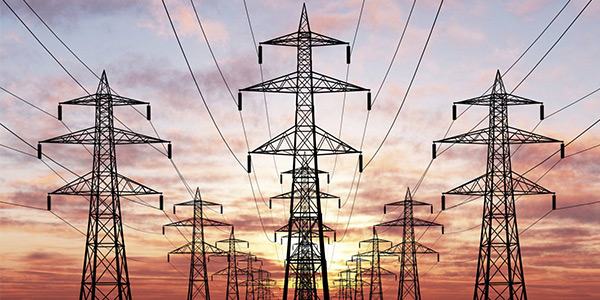By Tom Kleckner
FERC last week rejected a request by SPP and its load-serving entities to rehear its April order that eliminated the RTO’s membership exit fee for non-transmission owners (EL19-11).
The commission also rejected SPP’s alternative proposal to lower the fee to $100,000. Rejecting the proposal without prejudice, FERC ordered the grid operator to submit another proposal “that adequately explains” why the exit fee for non-TOs is just and reasonable and “not a barrier to membership … and not excessive as a means of ensuring stability in membership and members’ financial commitment.” (See SPP Proposes to Drop Exit Fee to $100K.)
“Any future exit fee proposal should ensure that [non-TOs] pay a smaller exit fee than transmission owners, regardless of whether the [non-TO] is also [an LSE], and that non-transmission-owning load-serving entities pay an exit fee similar to that paid by other [non-TOs],” the commission wrote.
In affirming its previous decision, FERC denied contentions by the RTO and its LSEs that it erred in finding that the exit fee is so high that it presents a barrier to membership to non-TOs and results in cost shifts among SPP’s members. (See FERC Tells SPP to End Exit Fee for Non-TOs.)
The commission said exempting non-TOs from the exit fee does not unfairly shift costs to remaining SPP members because non-TOs “have less of an impact on the system when they exit than transmission owners do and SPP can still recover these costs through administrative fees.”
The commission determined in April that the exit fee “was not needed to maintain SPP’s financial solvency or to avoid cost shifts and was excessive as a means for ensuring the stability of SPP’s membership and members’ financial commitment.” FERC did agree “some level of exit fee” is necessary for non-TOs.
The proceeding stems from a complaint last year by the American Wind Energy Association and the Advanced Power Alliance, which have long argued against the exit fee. The fee is defined as the sum of the withdrawing member’s obligations at the time of withdrawal, including any unpaid dues or assessments, and the member’s share of SPP’s outstanding long-term financial obligations. SPP estimates the fee for an entity without load is $631,915 — nearly twice the estimated $327,191 fee when FERC approved it in 2006.
The decision was a welcome bit of good news for AWEA and APA. Amy Farrell, AWEA’s senior vice president of government and public affairs, said the order partially offset FERC’s ruling favoring existing generation in the FERC Extends PJM MOPR to State Subsidies.)
“The only glimmer of light … was FERC’s reaffirmation requiring [SPP] to eliminate the membership exit fee, allowing for a more inclusive stakeholder process that will lead to better outcomes for consumers,” Farrell said in a statement.




